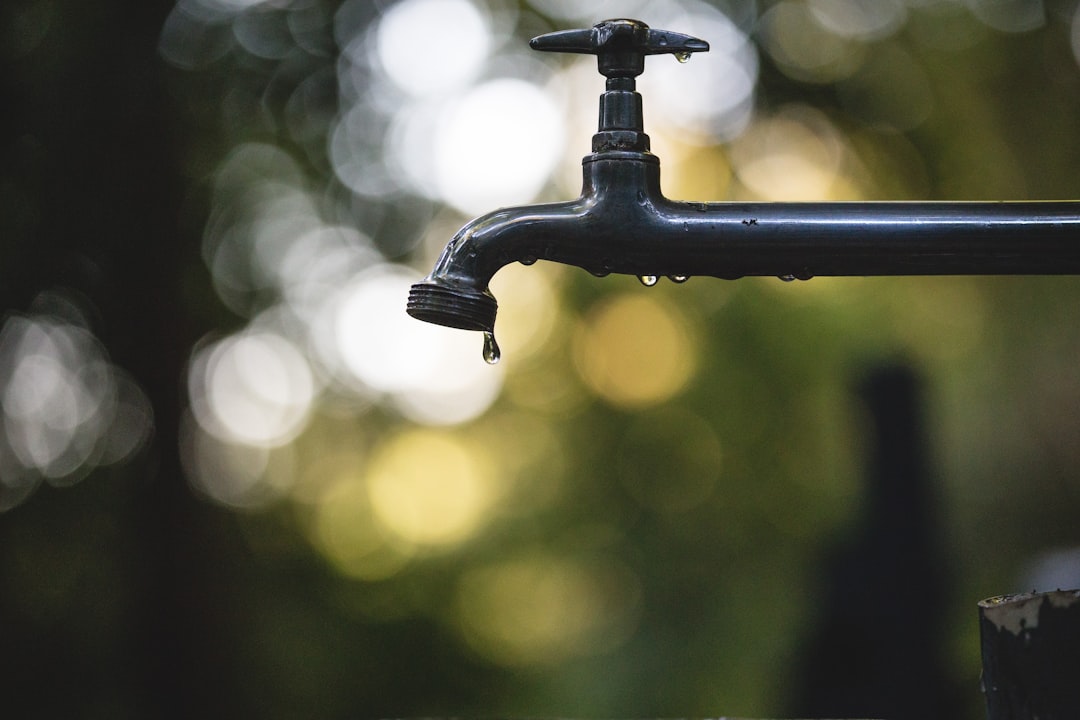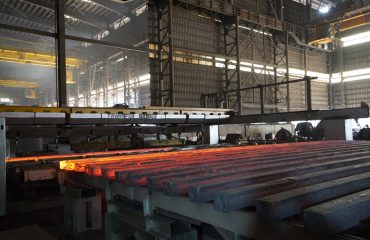The unseen infrastructure beneath our feet – water and gas pipes – plays a vital role in our daily lives. Their reliability and safety are paramount, demanding stringent quality standards throughout their lifecycle, from manufacturing to installation. This post delves into the critical aspects of these standards, ensuring you understand the importance of quality in maintaining a safe and efficient supply of water and gas.
Material Matters: Choosing the Right Stuff for Water and Gas Pipes
The choice of material significantly impacts the pipe’s lifespan, durability, and resistance to corrosion. For water pipes, common materials include:
- Copper: Known for its durability, resistance to corrosion, and ability to withstand high water pressure. However, it’s more expensive than other options.
- PVC (Polyvinyl Chloride): A cost-effective and lightweight option, resistant to corrosion but susceptible to damage from extreme temperatures.
- CPVC (Chlorinated Polyvinyl Chloride): Offers higher temperature resistance than PVC, making it suitable for hot water applications.
- PEX (Cross-linked Polyethylene): Flexible and resistant to freezing, making it a popular choice for renovations and repairs. It’s also relatively inexpensive.
- Galvanized Steel: While durable, galvanized steel pipes are prone to corrosion over time, potentially leading to leaks and contamination.
Gas pipes, due to their need to withstand higher pressures and potentially explosive contents, often utilize materials like:
- Steel: High-strength steel pipes are common, often coated with protective layers to prevent corrosion.
- High-Density Polyethylene (HDPE): A durable, flexible, and corrosion-resistant option, particularly suitable for underground gas distribution.
- Copper (for smaller lines): Used in some instances, particularly for smaller diameter gas lines.
Regulations often dictate acceptable materials based on factors like pipe diameter, pressure rating, and application.
Manufacturing Processes: Ensuring Consistency and Quality
Rigorous manufacturing processes are crucial in ensuring the consistent quality of water and gas pipes. These processes involve several key steps, including:
- Raw Material Selection: Careful selection of high-quality raw materials is paramount. Impurities can significantly affect the pipe’s performance and lifespan.
- Extrusion or Forming: Pipes are formed through extrusion (for plastic pipes) or various forming techniques (for metal pipes), ensuring precise dimensions and wall thickness.
- Quality Control Testing: Throughout the manufacturing process, rigorous quality control checks are implemented to identify and rectify defects. This includes dimensional checks, pressure testing, and material analysis.
- Surface Finishing (if applicable): Metal pipes often undergo surface treatments like galvanization or coating to enhance corrosion resistance.
- Packaging and Handling: Proper packaging and handling procedures are essential to prevent damage during transportation and storage.
Adherence to established standards like ASTM (American Society for Testing and Materials) and ISO (International Organization for Standardization) ensures consistency and reliability.
Testing and Certification: Verifying Performance and Safety
Before pipes are deployed, they undergo extensive testing to verify their performance and ensure they meet safety requirements. These tests include:
- Pressure Testing: Pipes are subjected to high pressures to determine their burst strength and ability to withstand operational pressures.
- Leak Testing: Tests ensure the absence of leaks under various conditions, identifying any imperfections in the pipe’s structure.
- Corrosion Resistance Testing: Tests evaluate the pipe’s resistance to corrosion under different environmental conditions.
- Impact Resistance Testing: This assesses the pipe’s ability to withstand external impacts.
- Material Analysis: Testing verifies the chemical composition and physical properties of the pipe material, ensuring it meets the specified standards.
Successful completion of these tests often leads to certification, demonstrating compliance with relevant regulations and standards.
Installation Best Practices: Protecting Your Investment
Proper installation is crucial in ensuring the longevity and performance of water and gas pipes. Improper installation can lead to leaks, corrosion, and even safety hazards. Key aspects of proper installation include:
- Proper Trenching and Bedding: Underground pipes require careful trenching and bedding to provide adequate support and protection.
- Correct Joint Connections: Secure and leak-proof connections are crucial. This often involves using appropriate fittings and techniques.
- Appropriate Slope for Drainage: Water pipes should be installed with a slight slope to ensure proper drainage.
- Protection from External Damage: Pipes should be protected from physical damage during and after installation.
- Compliance with Local Codes: Installation must adhere to all relevant local building codes and regulations.
Hiring qualified and experienced plumbers is essential to ensure proper installation and avoid costly repairs down the line.
Regulations and Compliance: Navigating the Legal Landscape
Water and gas pipes are subject to numerous regulations and standards at the national, regional, and sometimes even local levels. Compliance with these regulations is crucial to ensure public safety and prevent environmental damage. These regulations often specify:
- Acceptable Pipe Materials: Regulations define the acceptable materials for different applications based on factors like pressure, temperature, and chemical compatibility.
- Testing and Certification Requirements: Regulations outline the necessary tests and certifications required for pipes to be used in specific applications.
- Installation Standards: Regulations detail the proper installation procedures to ensure safety and longevity.
- Maintenance and Inspection Requirements: Regulations may mandate periodic inspections and maintenance to identify and address potential problems.
- Emergency Response Procedures: Regulations may specify procedures for dealing with leaks, breaks, or other emergencies.
Staying informed about relevant regulations and standards is crucial for all stakeholders involved in the water and gas pipeline industry.
By understanding and adhering to these quality standards, we can ensure the safe, reliable, and efficient delivery of water and gas to homes and businesses for years to come. Investing in quality pipes and proper installation is an investment in safety and long-term cost savings.
SEO Tags:
- Water pipe standards
- Gas pipe regulations
- Plumbing standards and codes
- Pipe material selection
- Pipeline safety




